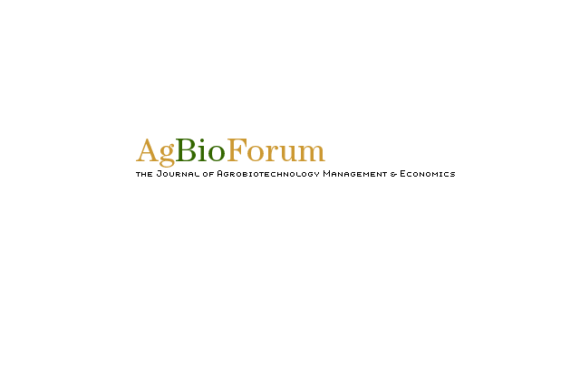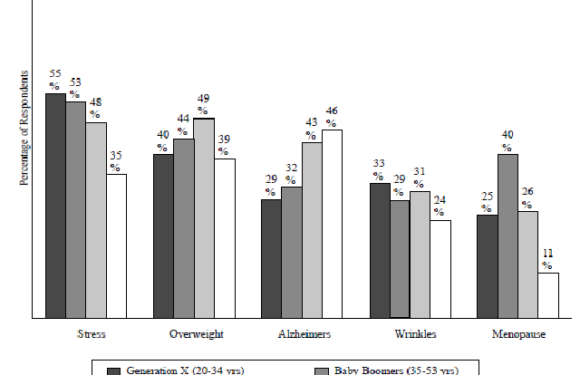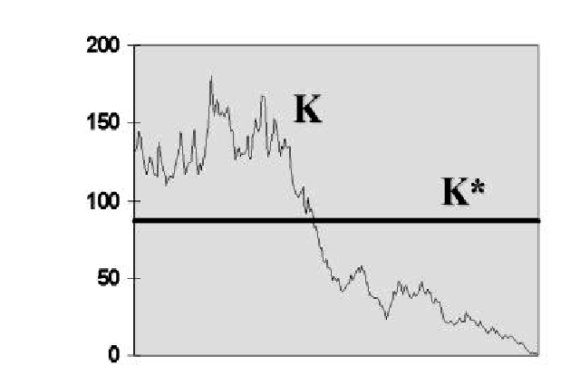
Functional Foods: Technical, Institutional And Market Innovation
July 1, 2000Nicholas KalaitzandonakesUniversity of Missouri In recent years, neutraceuticals and functional foods have become part of our vocabulary and, increasingly, part of our menu. Derivatives of cranberries, tomatoes, soybeans and oats have been connected to specific health benefits, from prevention of particular cancers…






